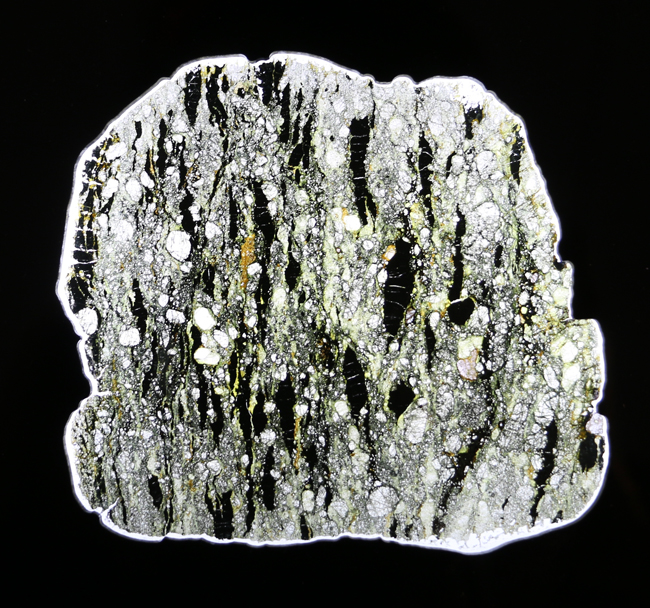Friday fold: The University of Wisconsin rock garden
I’m at a workshop in Madison, Wisconsin, this week. I took the lunch hour today and walked over to the geology department to check out their rock garden and geology museum. I was pleased to find a Friday fold in the rock garden: a limestone with cherty nodules/layering that has been folded…. Bonus: some nice … Read more

